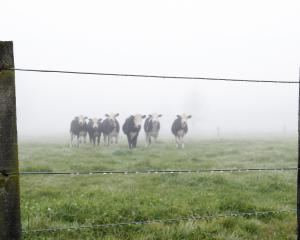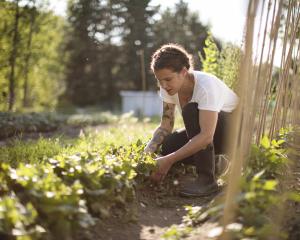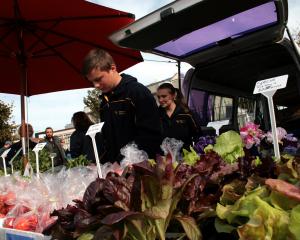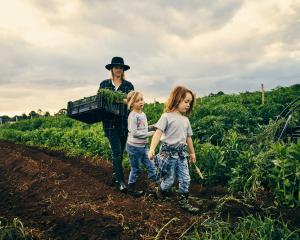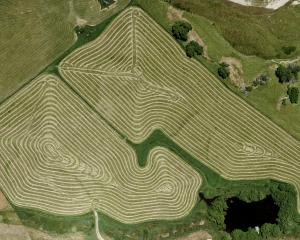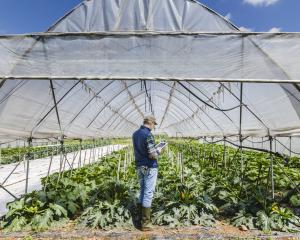Watching our household food waste is an excellent chance to reduce our individual carbon footprints, writes Sean Connelly.

When first highlighted more than two decades ago, the concept of food miles served to uncover the often hidden environmental impacts of our food choices by making the connection between where our food comes from, transport-related CO2 emissions and climate change.
While the food miles concept does not present the full picture (most food-related CO2 emissions result from how food is produced, not how far it has travelled), it has been extremely effective at getting us to think about the links between the food we consume and its environmental footprint.
These linkages were further popularised by the book The 100-Mile Diet, which recounted the trials and tribulations of a Vancouver couple who lived for a year only on food grown within 100 miles (160km) of their residence.
The Transition Cafe in Fishguard, Wales, reduces that distance even further. It is a restaurant that sources all of its food from within a four-mile radius of the cafe.
Now, this is not food that is grown or produced within that radius, but rather surplus food that is rescued from local businesses and shops that would otherwise be destined for the landfill.
Volunteers collect donated food that has a short shelf-life, primarily fruit, vegetables, dairy and breads and quick-thinking chefs put together a menu that changes daily based on what is available.
These meals are then sold to customers on a pay-as-you-can basis, making the cafe accessible to a broad cross-section of the community.
While this is an extremely local restaurant, its biggest contribution to addressing the environmental impacts of food is in reducing food waste.
The FAO reported in 2013 on our global food waste footprint and estimated that almost a third of the food we produce is wasted annually.
Global food waste amounts to a direct economic impact of $750 billion and contributes 3.3 billion tonnes of greenhouse gas emissions to the atmosphere (or roughly 7% of our total emissions).
The FAO found that just over half of food waste occurs during production, harvest and storage, the remainder occurring through processing, distribution and consumption.
Shortening the food chain by minimising the steps between production and consumption is one opportunity to minimise that waste.
Recent estimates on food waste have also been completed in New Zealand.
Earlier this year, WasteMINZ estimated that the average New Zealand household throws away 1.5kg of edible food per week that is valued at $10.83.
While only accounting for household food waste, collectively this amounts to a staggering $872 million worth of edible food being thrown away annually.
Organisations such as Food Share in Dunedin are addressing food waste further along the food chain by collecting donated food from supermarkets, farmers markets, restaurants, cafes and caterers and reallocating it to service organisations.
These kinds of initiatives are improving the food security of households in Dunedin by improving access to fresh and healthy food and also reducing the environmental impact of food waste.
Addressing household food waste represents an excellent opportunity to reduce our individual carbon footprints.
Addressing food waste along the food chain allows us to collectively reallocate environmental and financial resources invested in food and thereby ensures that our food system is more sustainable, accessible and inclusive.
• Sean Connelly is a lecturer in the University of Otago's department of geography. Each week in this column, one of a panel of writers addresses issues of sustainability.



